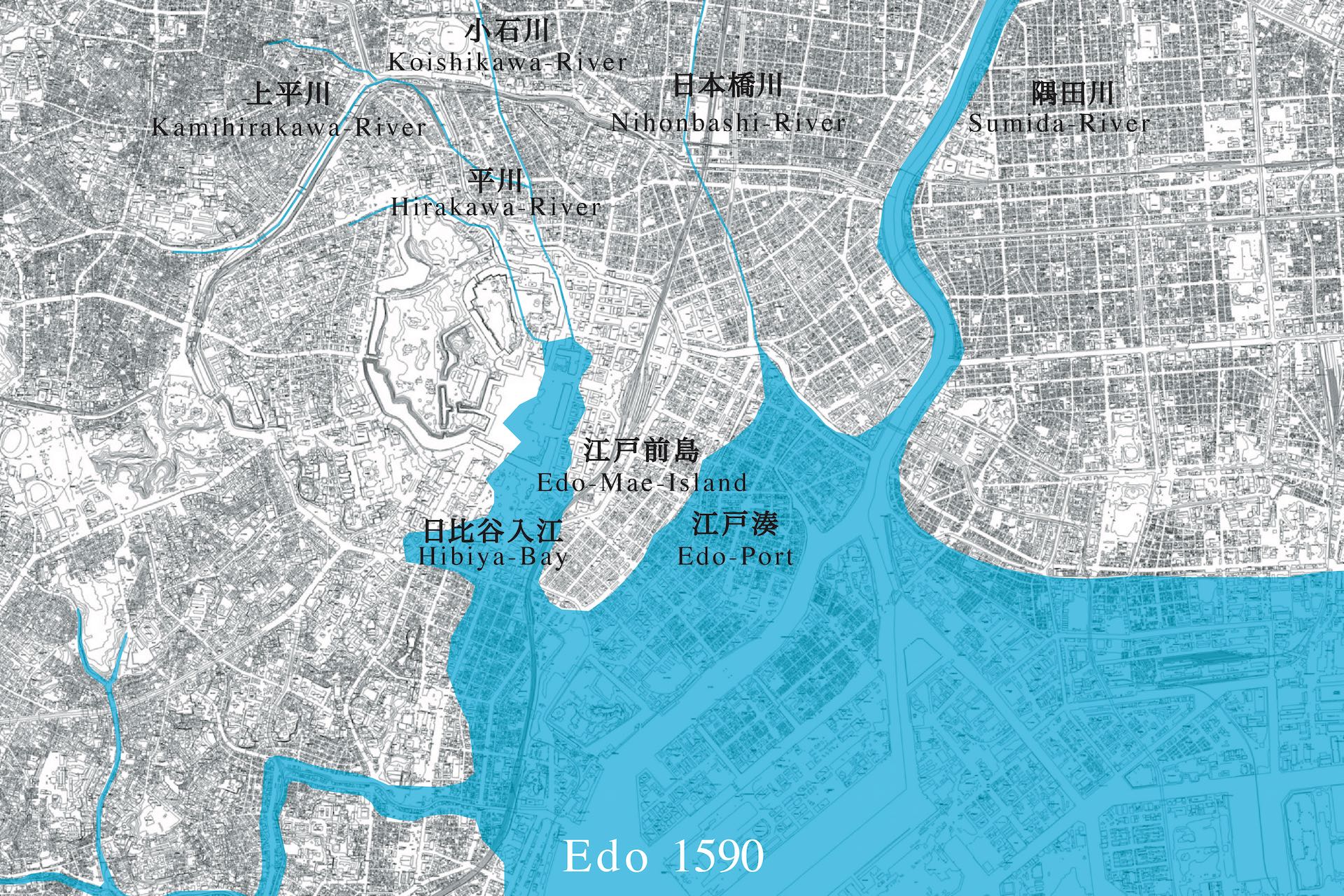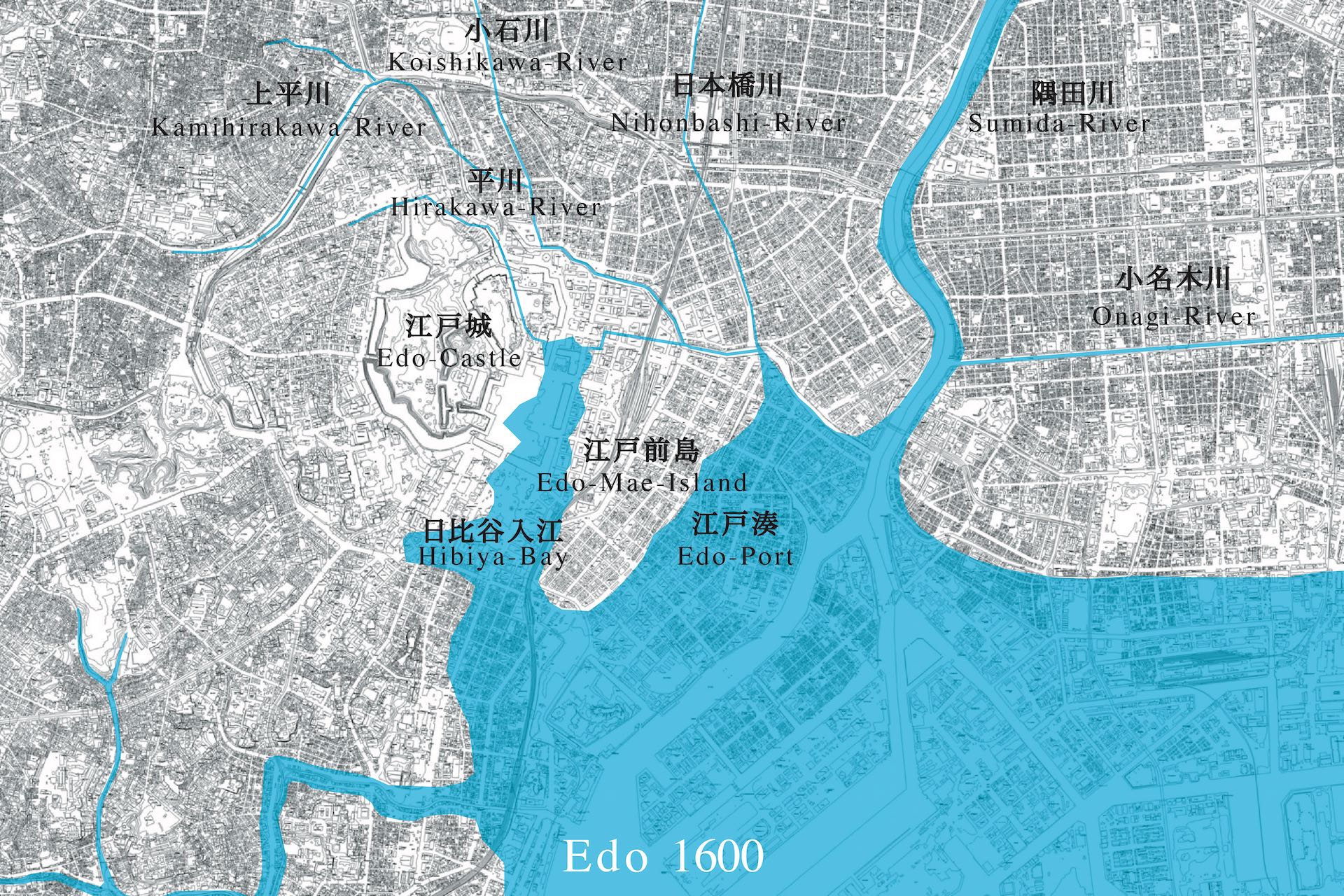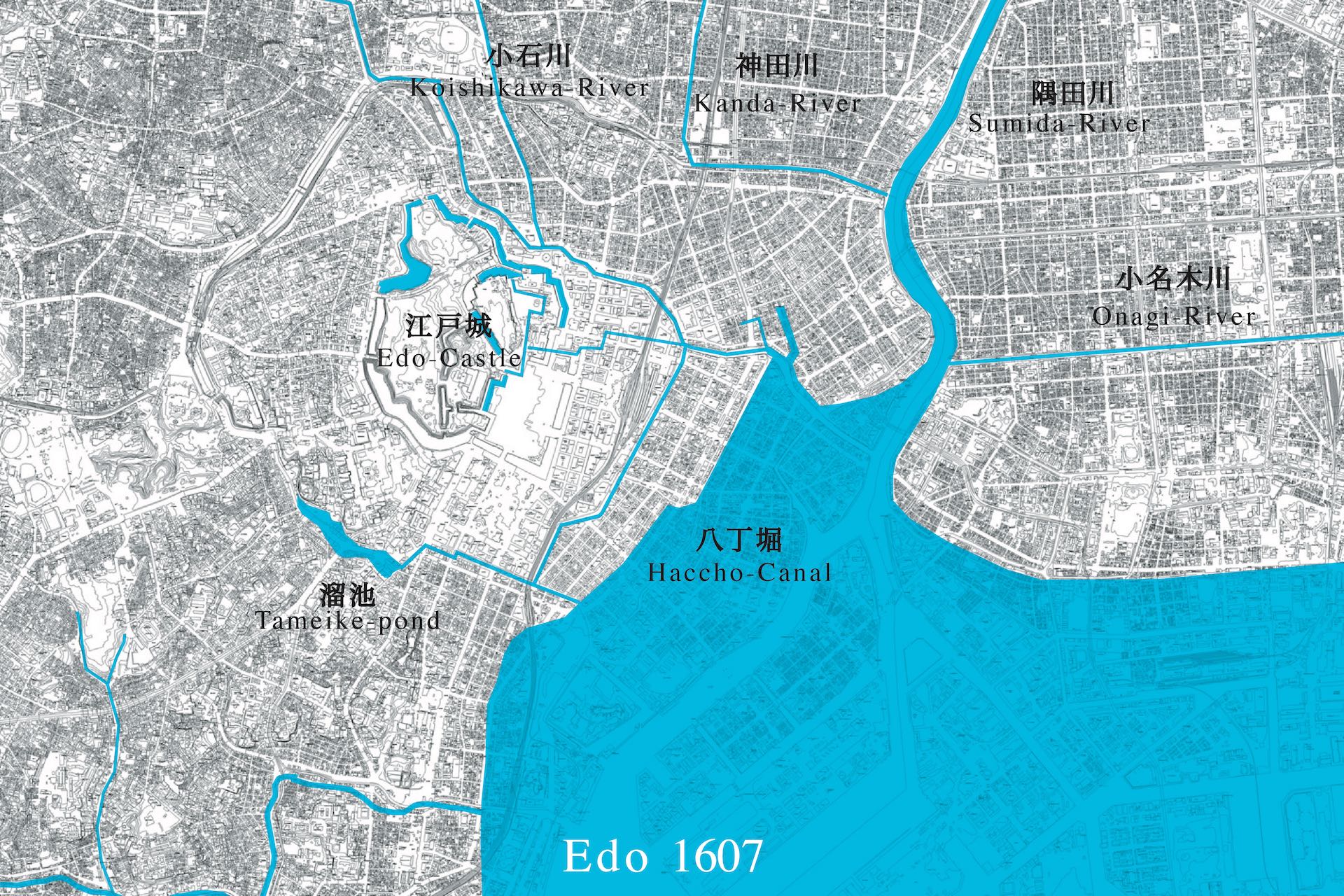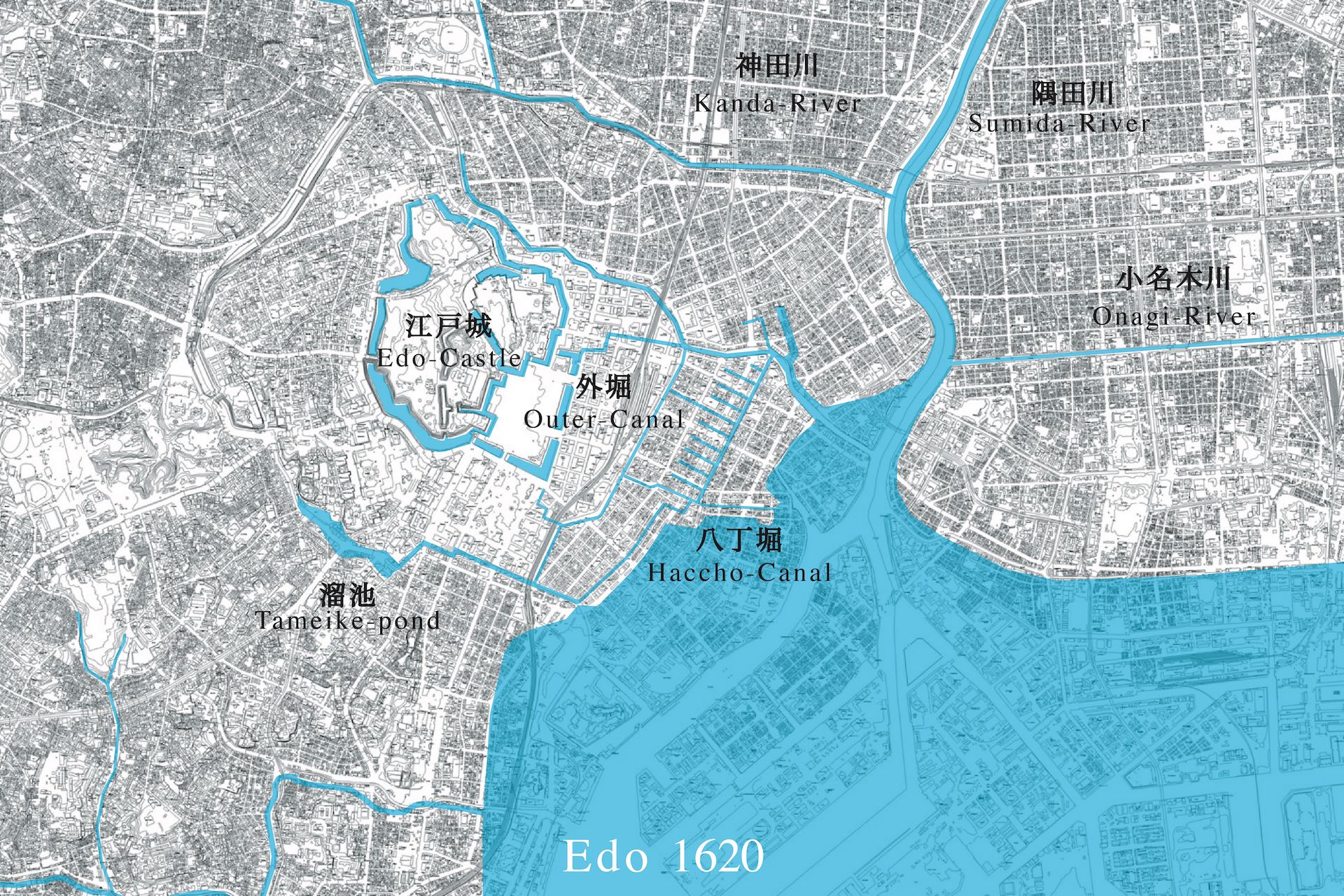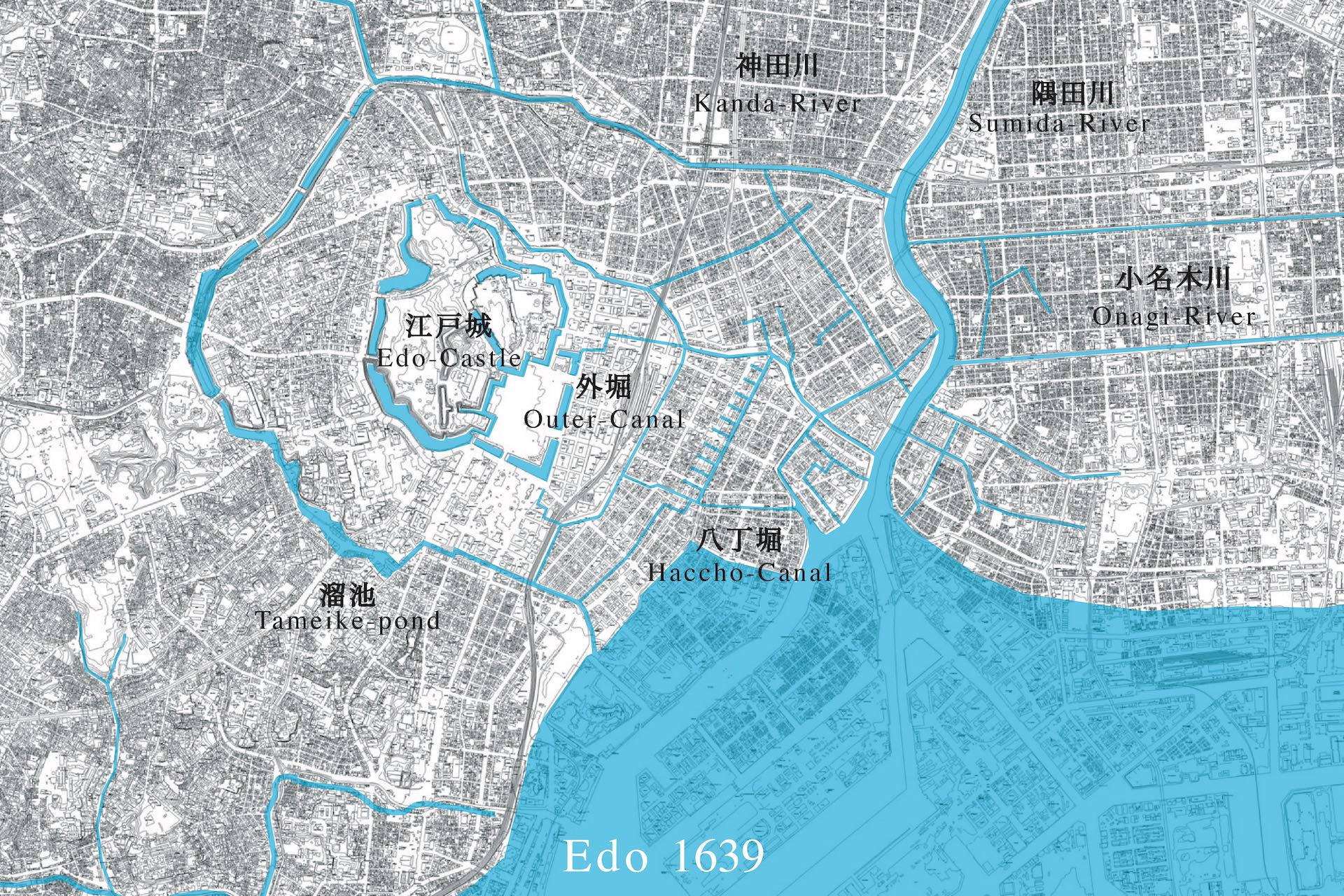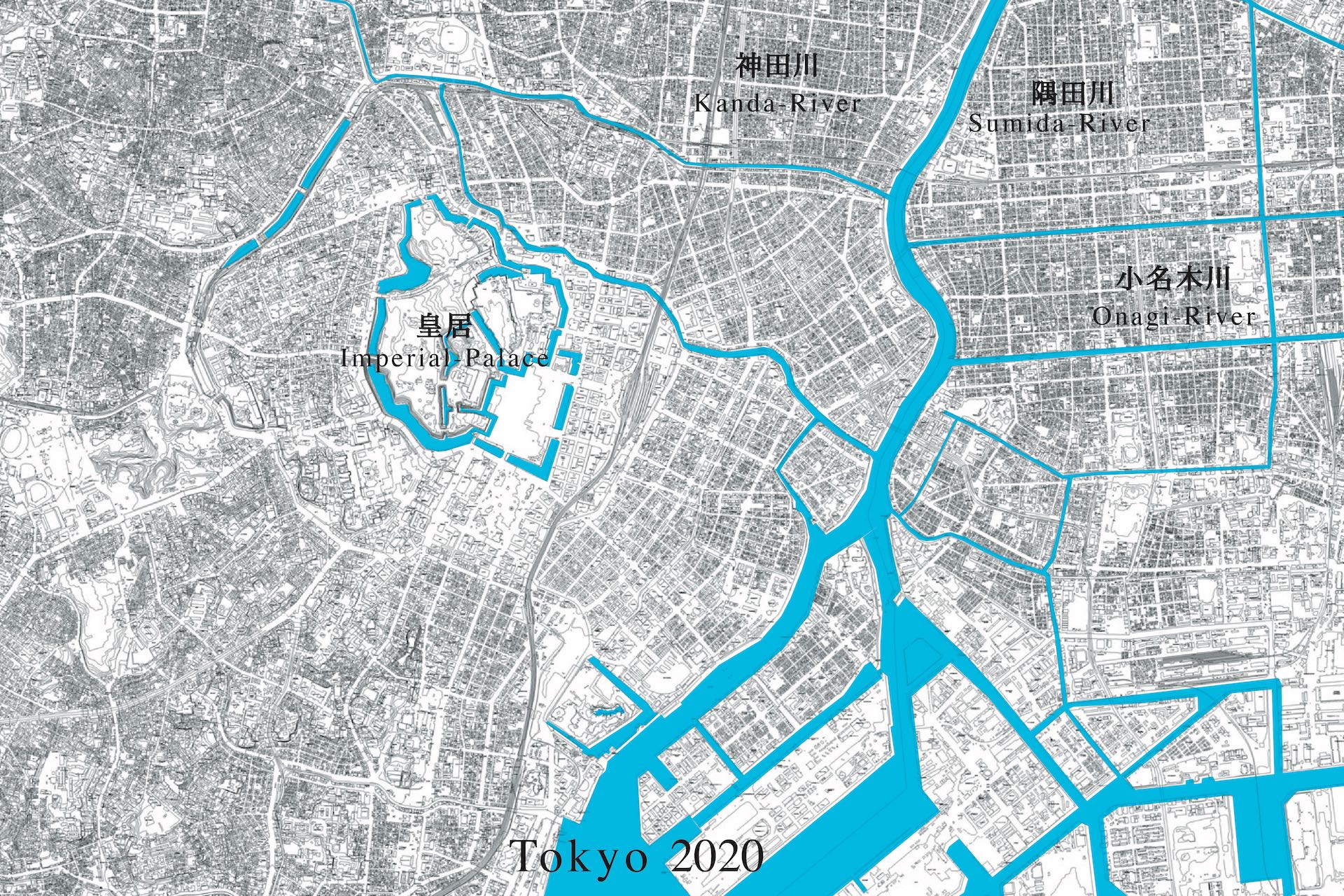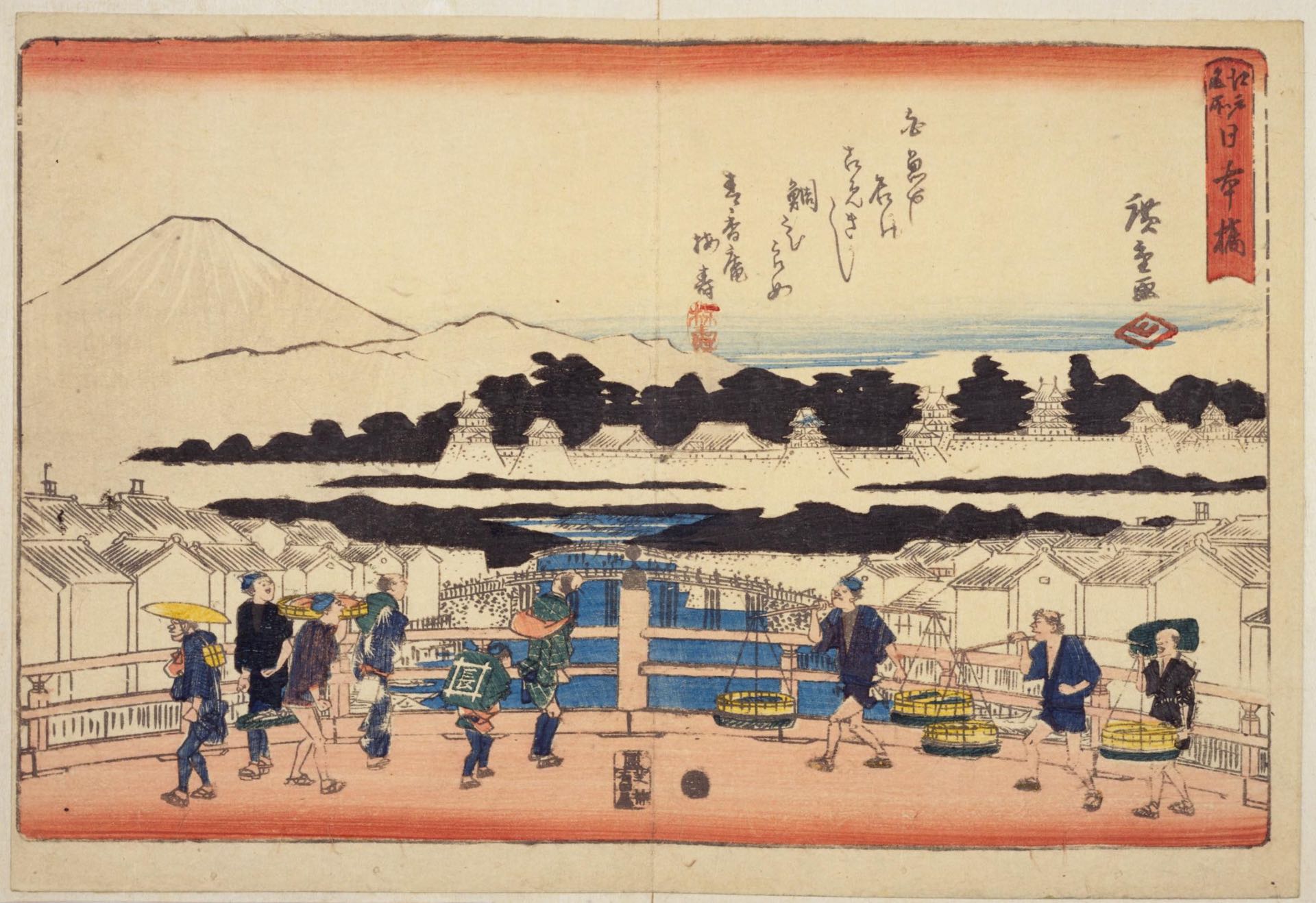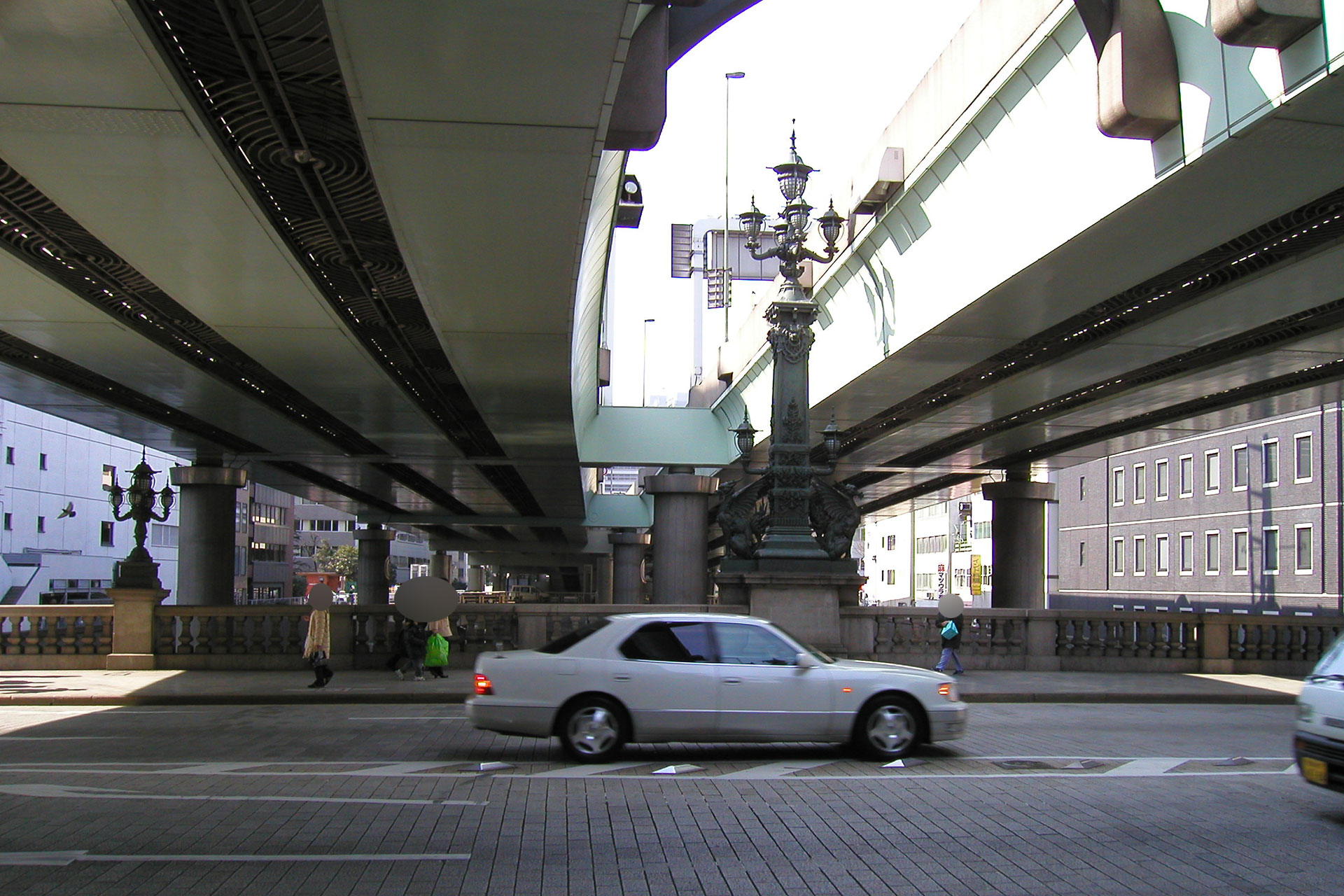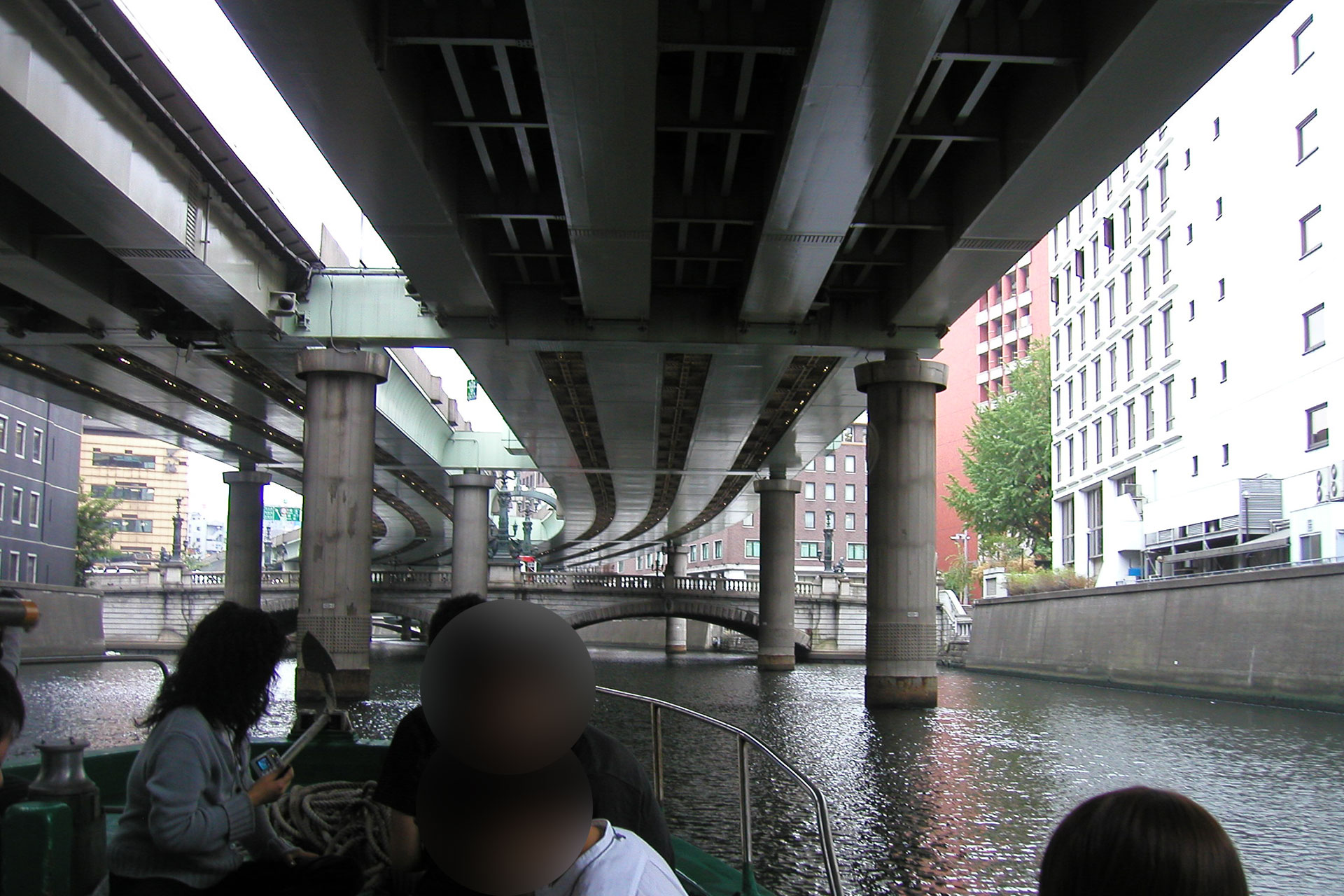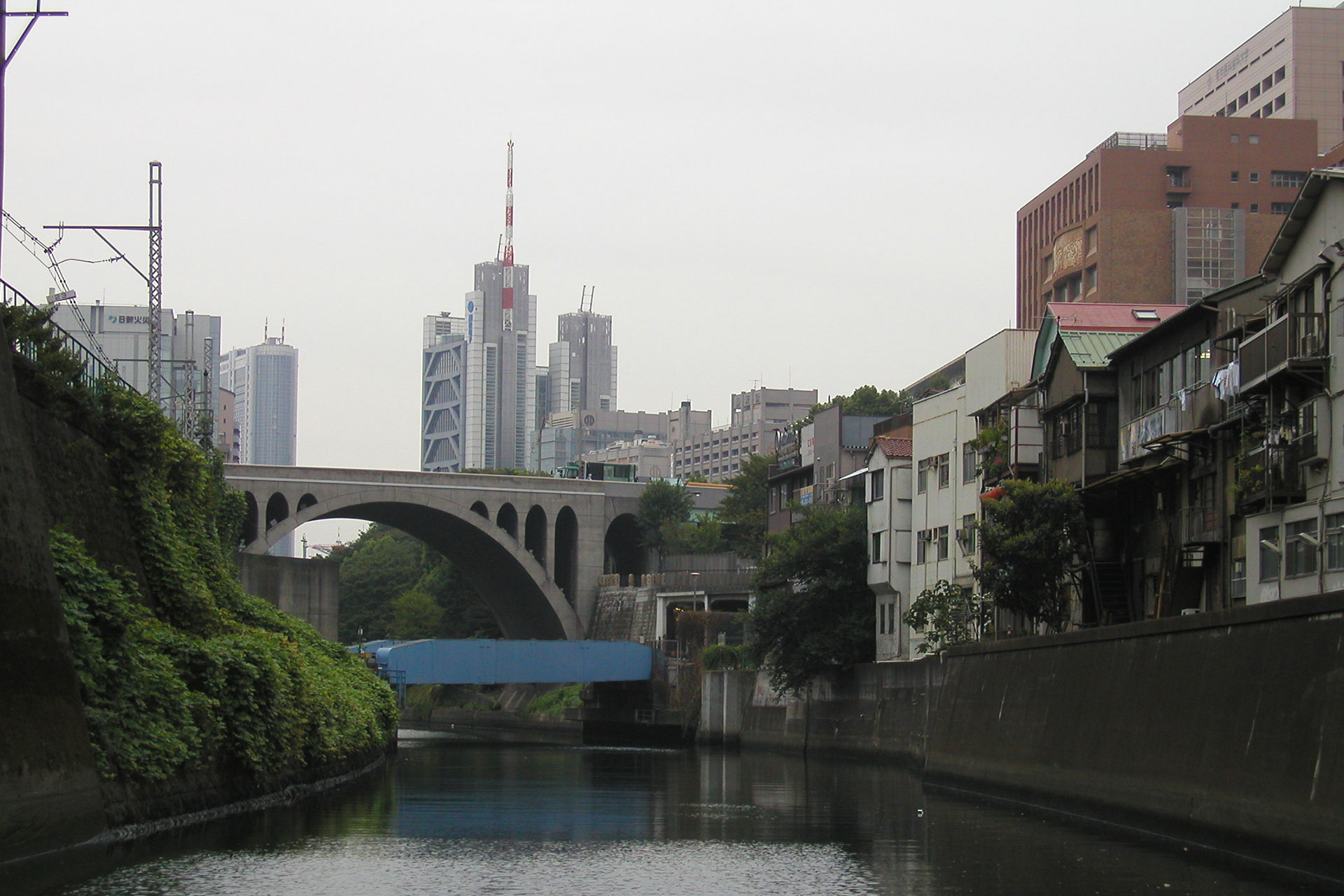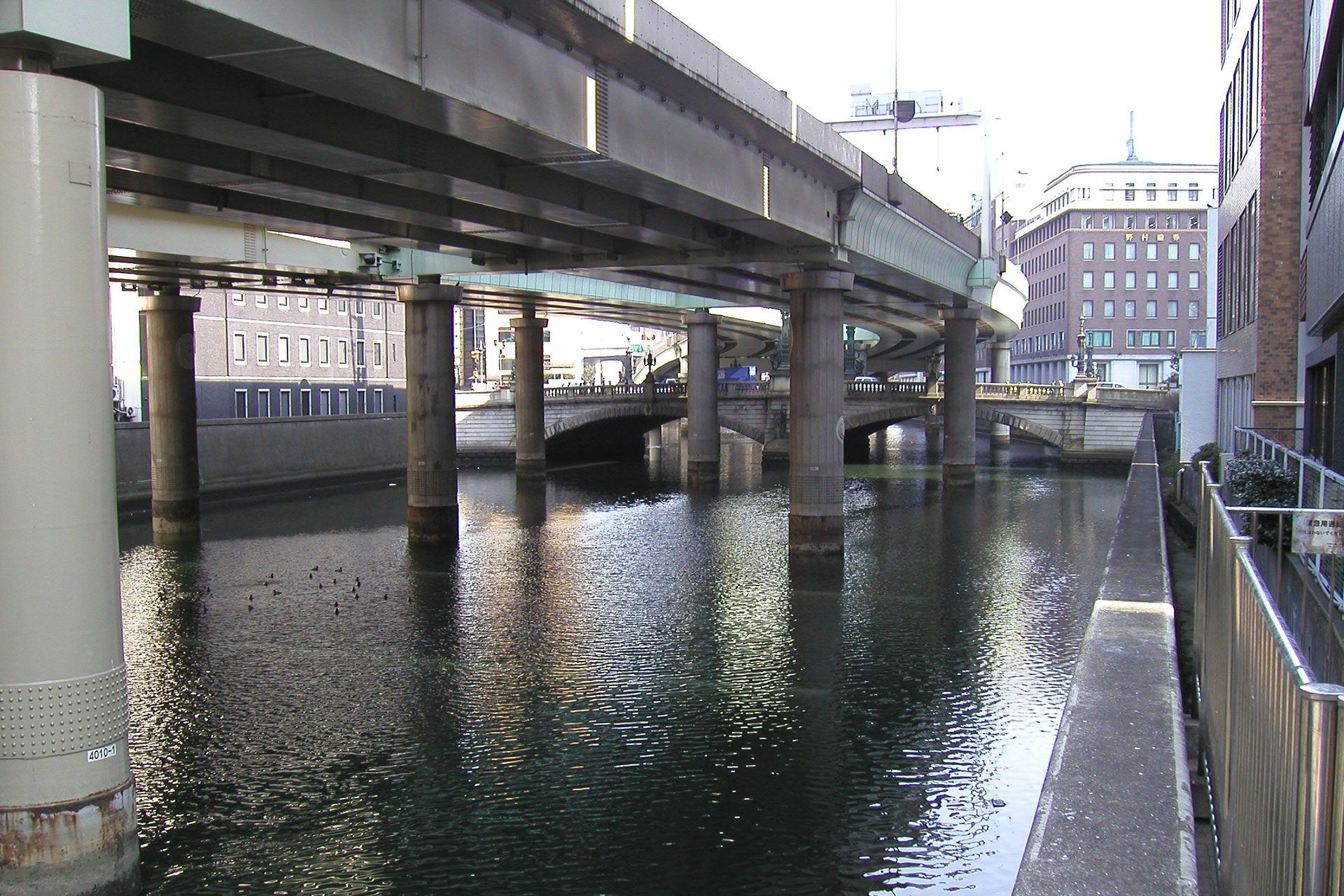Edo Urban Structure
The foundation of Edo, the predecessor of Tokyo, was built from the first shogun of the Edo Shogunate, Ieyasu Tokugawa, to the third shogun, Iemitsu Tokugawa.
Before Ieyasu entered Edo, Edo was an undeveloped land.
At that time, the center of all Japan was Kyoto, which is reflected in the place names. Present-day Shiga Prefecture was called “Omi” and Shizuoka Prefecture was called “Totomi”, but the origins are that Omi is a lake near Kyoto and Totomi is a lake far from Kyoto.
Edo Castle was first constructed by Dokan Ota, and before Ieyasu entered Edo, the Gohojo clan ruled Edo for five generations. The central city of the Hojo clan was Odawara, and Odawara prospered as the center of commerce in the eastern part of Japan along with Suruga. However, Edo was not a large town, but a “village”.
In 1590, Ieyasu Tokugawa entered Edo by order of Hideyoshi Toyotomi.
It was Hideyoshi who banished the influential Ieyasu Tokugawa to a distant country, so to speak, and consolidated the center of the Osaka and Kyoto neighborhoods.
After Hideyoshi’s death, Ieyasu Tokugawa solidified his position as the ruler of the world at the Battle of Sekigahara. After the conception of Nobunaga Oda, Osaka, the center at that time, which was completed by Hideyoshi, changed from the center of politics and economy to an economic city, and Edo became the political capital of the next era. Edo Castle and the streets of Edo were created by the Tokugawa family through astonishingly large-scale civil engineering and construction work, from the end of the Edo period to the present day.
Edo Structure City Plan
Photo : Yoshitaka Uchino
DATA
- Category:
Urban
- Type:
Research, City plan
- Location:
Tokyo
- Team:
YDS
- Size:
-
- Status:
IDEA
